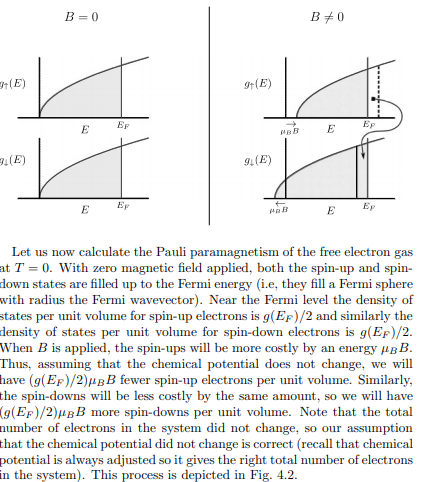I am never yet satisfied by arguments in physics that go along the lines of 'assume A is true', 'one way of making A true is for B to happen', 'we check that if B happens then A is indeed true therefore B must happen'. I always think, what if another way of making A true is for C to happen? We have never ruled this out.
To make this explicit, in this book the author calculates the change in spins of a free electron gas due to an applied magnetic field by - assuming the chemical potential will not change, stating one physical process where this is possible, then showing that the chemical potential has indeed not changed and therefore arguing that the physical process is true.

I actually think (from other sources) that in this case $\mu$ actually may not be constant (but is to a certain order of $B$), but that is beside the point - my main question is (even if $\mu$ is constant) how can we proceed to do more physics with the alleged 'result' that $\frac{g(E_F)}{2} \mu_B B$ spins flip when maybe there's some other setup of spin flips that also keep $\mu$ constant instead?
